I am sure that you are familiar with the phrase “Lights, Camera, Action” that is used by Hollywood directors when they are filming. This phrase is as important to Hollywood directors as it needs to be for us when it comes to live online teaching. This does not mean you need to be a Hollywood actor with Hollywood equipment.
We have already spoken about the need for authentic video-based teaching. However, this does not mean we shouldn’t strive for a minimum level of professionalism if we are going to teach using live video. When it comes to using live video-based teaching and tools like Zoom, Teams, Google Meet, etc. it is important to spend some time on the three aspects – Lights – Camera – Action.
LIGHTS
The two aspects, Lights and Camera, are to do with your environment. Just like it is important to be aware of your environment when teaching in a classroom – lighting, the distance of students from the screen, sound, etc. so too it is important to get this right, or as close to right as possible when teaching online.
Often, when it comes to teaching with live video using a tool like Zoom, you are not in an ideal studio or workplace environment. This means you need to prepare a suitable place at home (or wherever you are) for conducting your lesson. The following are the key elements that you need to be aware of when setting up this space in terms of lighting. These also apply when you are creating videos for self-paced learning.
- Light Direction – Lighting is really important. The single most important thing to consider in terms of lighting is the direction of your light source. As you can see in the image below, back-lighting (light coming from behind) makes it almost impossible for people to see you. This is not difficult to get right, as you can normally see what you look like in the video conferencing tool. Try and ensure that the light source is from in front of you or from the side and not from behind.
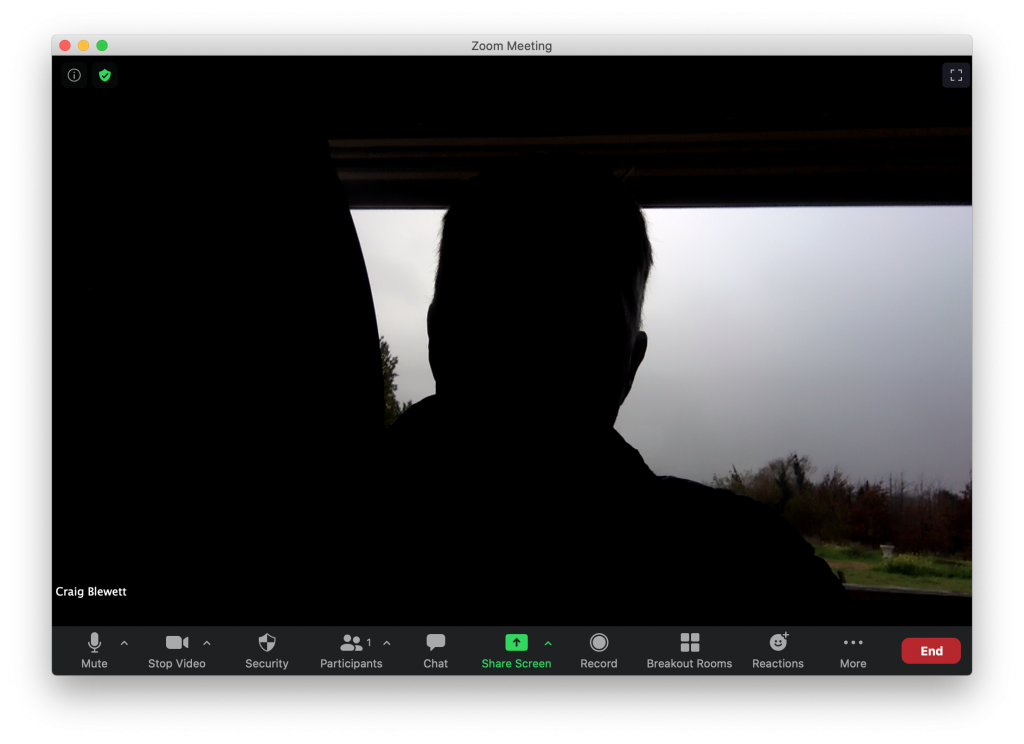
- Natural or Not – While natural light is great, it is not consistent. Some days the sun is too harsh while other times it is cloudy. So, even if you have natural light streaming through your window, it is a good idea (if possible) to try and set up another light source. This could be as simple as a lamp or if you want to get slightly more professional a box-light (shown below), gives a more diffused and consistent lighting.
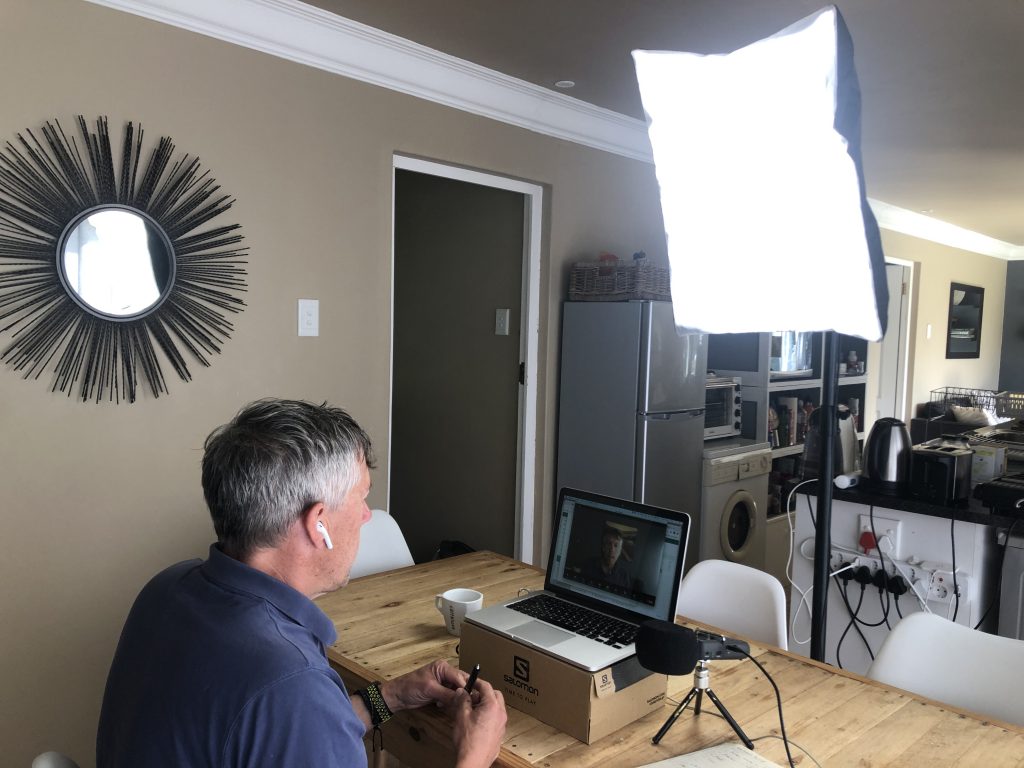
CAMERA
The second aspect of your environment is related to getting the camera right – as this is the only “eye” to see what you are going to be sharing. Your camera is either a webcam that is mounted atop your computer/laptop or as is often the case, it is a built-in camera within your computer/laptop. If you have a separate webcam, these often provide more features that can control lighting, zoom, angle, etc. Whether you have a separate webcam or not, the following are important to get right.
- Angle – Unlike with face-to-face teaching, which has the teacher/lecturer standing, most online video teaching is done with the teacher/lecturer seated. This sometimes results in some rather strange and unflattering angles. After all, who really wants to look up their teacher’s nostrils during a lesson. Typically your computer is on your desk, which while the ideal height for working is not the ideal height for camera angle. A desk tends to course the camera to look up at you, which creates an unflattering view. Ideally, you should try and raise your computer so that the camera is in line with your face. Placing a laptop on a box is a simple but effective low-tech hack to get the camera angle right.

- Background – Another detail to consider is your background. Unlike in a classroom or lecture room, there is not a lot for the students to look at – it’s just you and your background. If the background is distracting this can cause students to lose focus on what is being taught. Once again, it is often difficult to ensure you have a decent background when working from home or other places, but a little planning can go a long way. Try and position your computer so that the background avoids distracting elements, especially people walking behind you. I make use of a really affordable (and portable) green screen that simply attaches to my chair. This allows me to replace the background with a virtual background. If you are a member of Activated Academy you can access the ACT Toolbox to find out more about using Zoom and other tools for live teaching. If you are not an ACT member, go here to find out more about joining. Even if you don’t have a green screen, simply moving your computer around (remembering the lighting too) can enable you to have a better background.
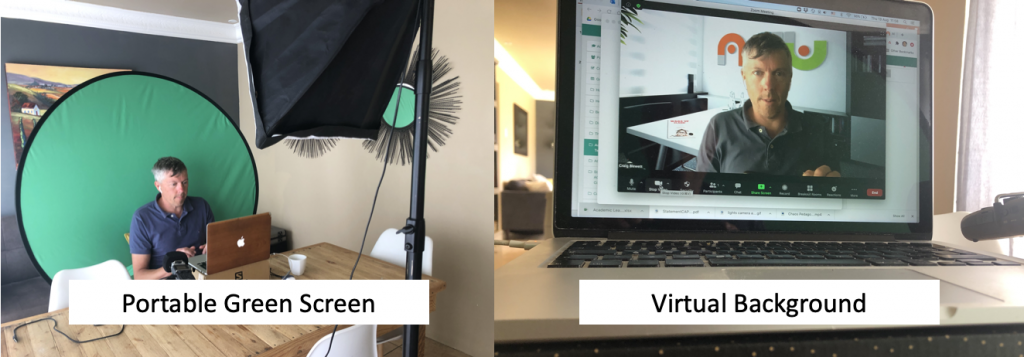
- Eyes – There is a saying that “The eyes are the window to the soul“. Eye contact is really important in teaching and even more so when it comes to online teaching. However, we can easily lose this connection when teaching using technology. Our natural inclination is to look at ourselves on our screen. While the camera may be just above the screen there is a noticeable difference (as shown below) in eye contact between looking at the screen and at the camera. Raising your computer as suggested above and trying to look more at the camera will improve your eye contact and make you come across a lot more engaging.
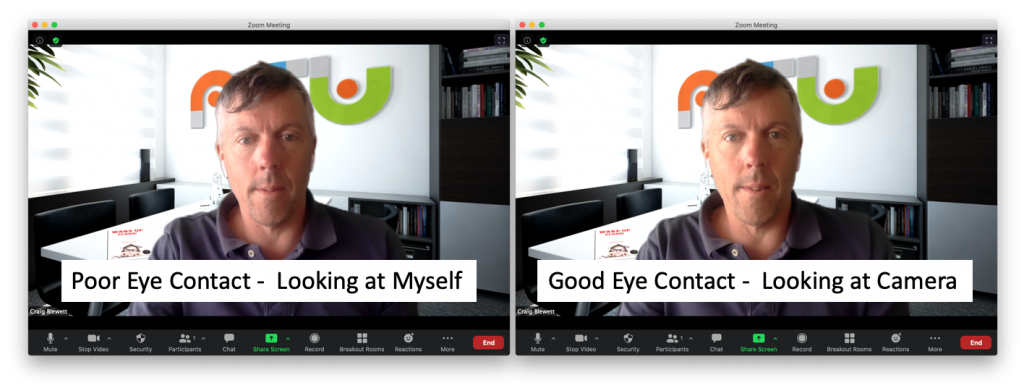
- Ears – While this is not strictly about “camera” another key element to consider is your audio. Tools like Zoom give preference to audio over visuals. You may notice that sometimes during a live video streaming session the image freezes or becomes fuzzy while the audio continues. This is because without audio there is really little online teaching happening. Even if the visual lags or gets fuzzy, the connection remains as long as there is an audio feed. As such, it is important to be aware of how you are sounding to others. This means trying to avoid noisy environments and background sounds. These could be others talking, the washing machine running, or the dog barking. Also, large empty environments can cause you to sound hollow. It is not always possible to do a lot about where we teach from, however, you can invest in a simple headset that either links wirelessly to your computer or plugs into the audio connection. A quick Google search will show you many affordable options. Wearing a headset enables you to dramatically reduce background noise as the headset typically focuses on amplifying the sounds nearest the mic.
ACTION
And so with everything in place you deliver your lesson. Maybe you just speak to the class, or maybe you share your PowerPoint slideshow – but either way, you quickly find that there is more Zzzzoom than Action!
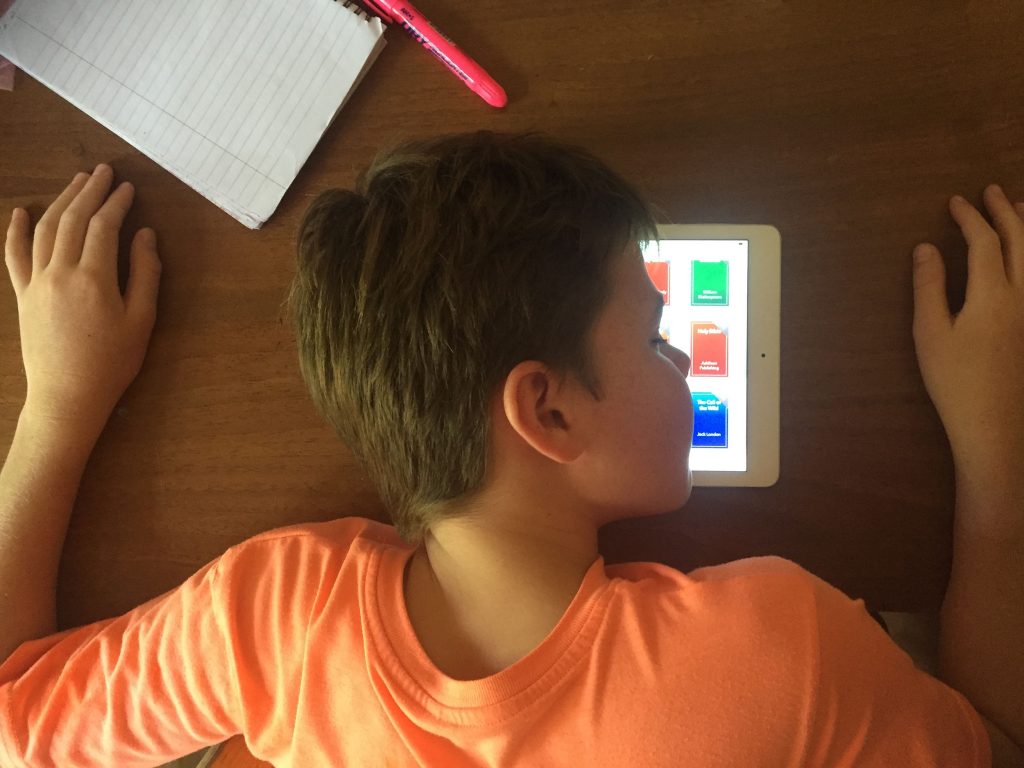
The problem is not the amazing technology that we now have available, its HOW we are teaching with it. It’s quite simply not knowing how to activate these technologies for maximum engagement and learning. To discover how to do this, signup with Activated Academy for one of our courses and you will soon be on your way towards engaging, effective 21st-century teaching.
Lights – Camera – ACTion!




